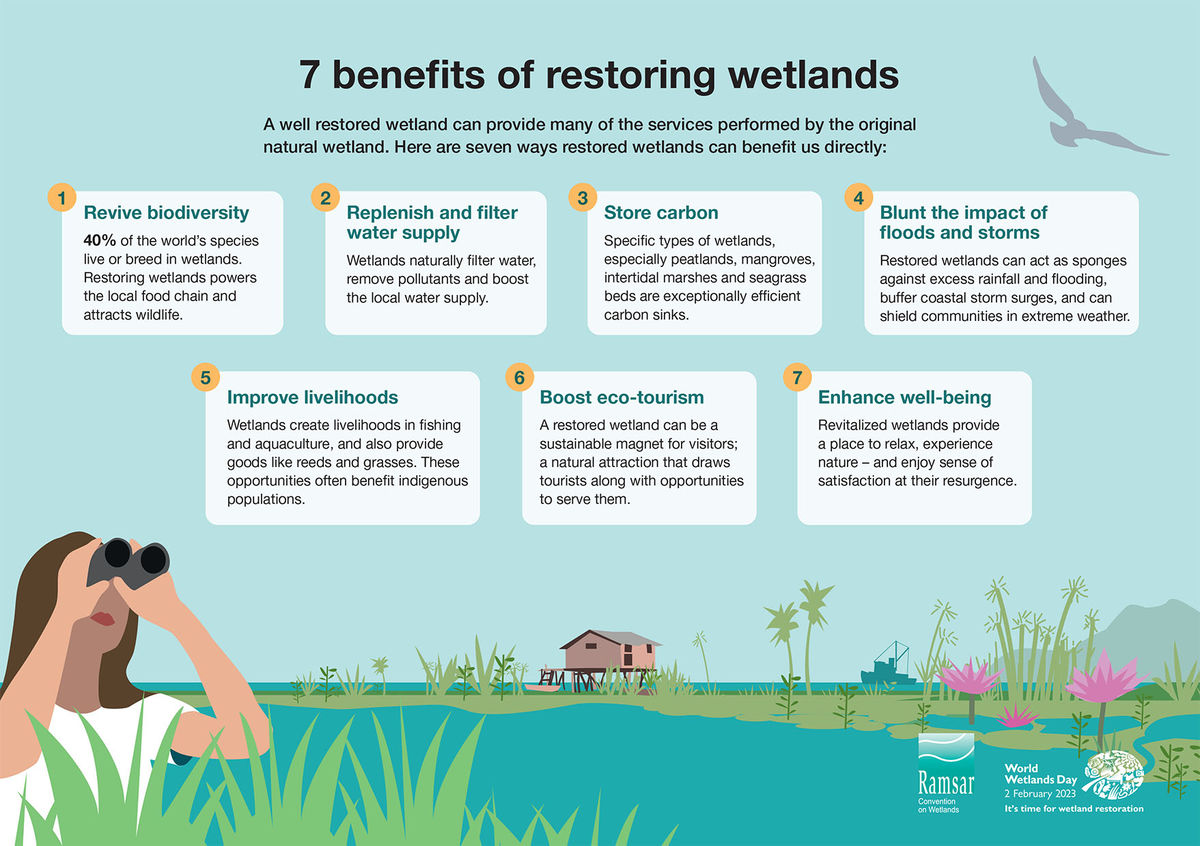Free Courses Sale ends Soon, Get It Now


Free Courses Sale ends Soon, Get It Now


 Copyright infringement not intended
Copyright infringement not intended
Picture Courtesy: https://www.downtoearth.org.in/news/water/constructed-wetlands-are-nature-s-ingenious-solution-for-wastewater-treatment-in-india-96014
Context: Constructed wetlands are a natural solution for wastewater treatment, mimicking natural wetlands with plants, soil, and water to purify water.
About Constructed Wetlands
|
Wetlands are areas where land is saturated or covered by water, either permanently or seasonally. They are vital ecosystems that provide a variety of benefits, including water purification, flood control, and habitat for wildlife. There are many different types of wetlands, including marshes, swamps, bogs, and fens. Wetlands can be found all over the world, from the tundra to the tropics. |
Types of Constructed Wetlands
Components and Processes
Benefits of Constructed Wetlands
Examples of Constructed Wetlands in India
Opportunities and Challenges in India

Conclusion
Source:
|
PRACTICE QUESTION Q. Climate change is expected to have significant impacts on wetland hydrology, vegetation, and species composition. What adap |
https://t.me/+hJqMV1O0se03Njk9
© 2024 iasgyan. All right reserved